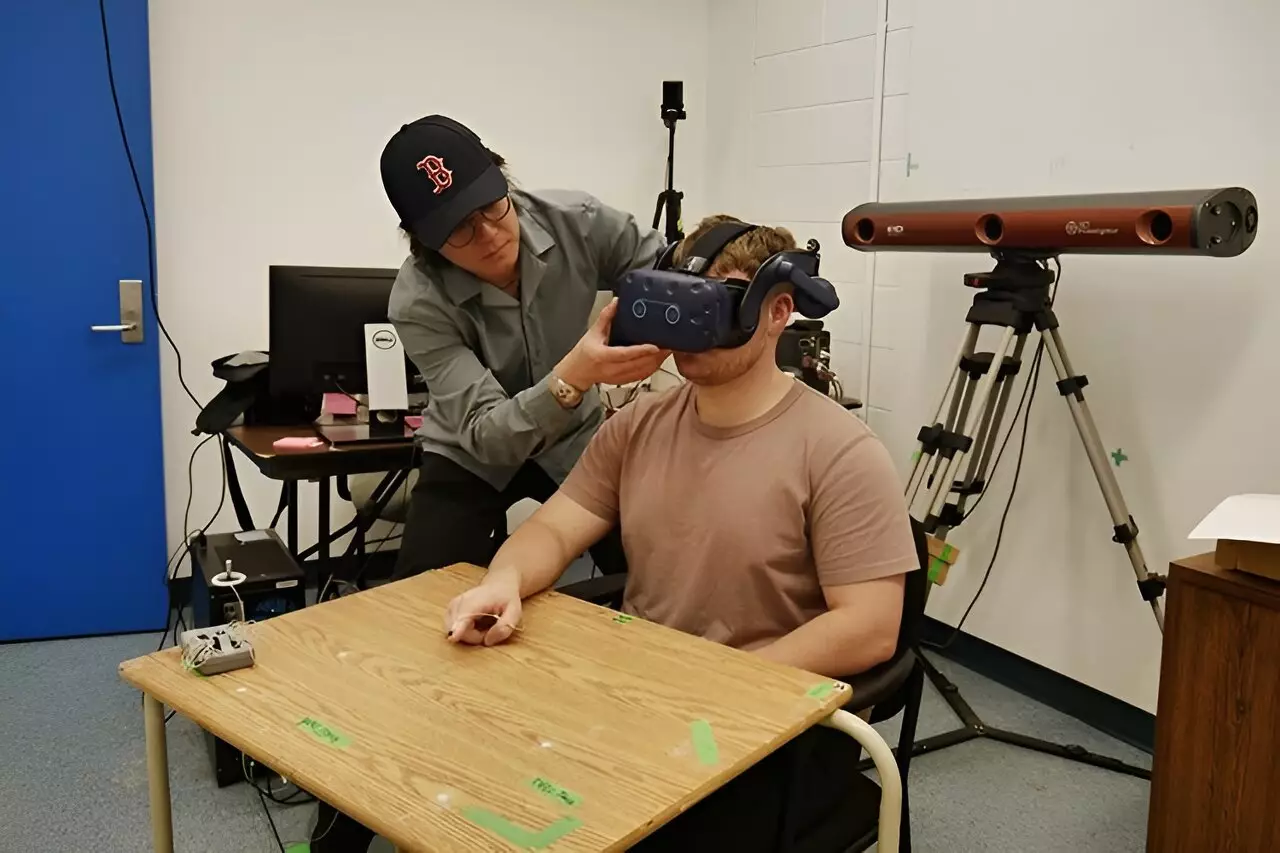Virtual and augmented reality (VR and AR) have become increasingly popular in various industries for training purposes. A study conducted by researchers at the University of Toronto has shown that the use of VR and AR can have a significant impact on the way people perceive and interact with the real world. This study, published in the journal Scientific Reports, revealed that participants exhibited altered movement patterns after using VR and AR, resulting in temporary errors in real-world movements.
The researchers found that individuals who used VR tended to undershoot their targets, while those who used AR tended to overshoot their targets. These effects were immediately noticeable after using VR or AR, but gradually disappeared as participants readjusted to real-world conditions. This has raised concerns about the transfer of skills learned in VR and AR to real-world scenarios, especially in industries like surgery, aviation, and driving. Understanding the limitations and effects of these technologies is crucial for ensuring their effective and safe use in training and skill development programs.
One surprising finding of the study was the difference in how quickly the effects of AR wore off compared to VR. The researchers suggest that this disparity may be due to the fact that individuals using AR can still see and interact with their surroundings, which helps them maintain a more accurate sense of depth and distance. This highlights the importance of considering the specific characteristics of VR and AR experiences when assessing their impact on real-world performance.
Moving forward, the researchers plan to explore how different types of VR and AR experiences, such as more complex or immersive scenarios, affect real-world performance. They are also interested in investigating how factors like training duration and individual differences in prior experience with these technologies influence adaptation and readjustment. This ongoing research aims to inform the design of VR and AR systems that minimize negative after-effects and maximize their potential for training and skill development.
The study conducted by the University of Toronto researchers sheds light on the potential challenges associated with using VR and AR for training purposes. While these technologies offer exciting opportunities for enhancing skills and performance, their effects on real-world movement and interaction must be carefully considered. By gaining a deeper understanding of how VR and AR influence everyday physical tasks, we can harness the full potential of these technologies while mitigating any negative consequences.


Leave a Reply
You must be logged in to post a comment.